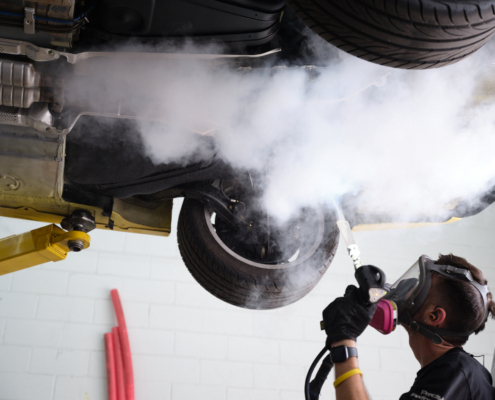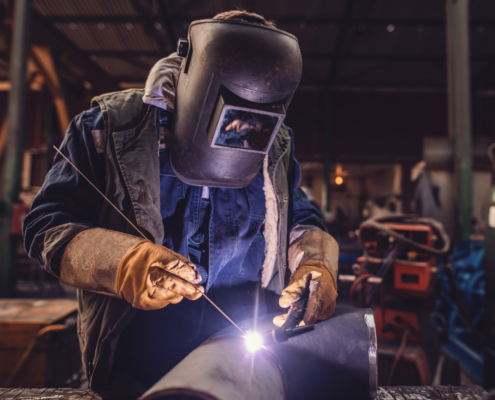The Science of Welding: Unveiling the Underlying Principles
Welding, often perceived as just a craft, is deeply rooted in scientific principles. It’s a sophisticated process involving physics, chemistry, and metallurgy. Understanding the science behind welding not only enhances a welder’s skill but also opens doors to innovation and improved techniques. This blog post aims to explore the fascinating science that makes welding both an art and a technical discipline.





